
1965 Aston Martin DB5
Designed by the Italian coachbuilder Carrozzeria Touring Superleggera. Released in 1963, it was an evolution of the final series of DB4. The DB series was named honouring David Brown (the head of Aston Martin from 1947–1972). The DB5 is famous for being the first and most recognised cinematic James Bond car, first appearing in Goldfinger (1964)
The principal differences between the DB4 Series V and the DB5 are: The all-aluminium engine was enlarged from 3.7 L to 4.0 L, A new robust ZF five-speed transmission (except for some of the very first DB5s)[4] and three SU carburettors Producing 282 bhp (210 kW), which propelled the car to 145 mph (233 km/h), this engine, available on the Vantage (high powered) version of the DB4 since March 1962, became the standard Aston Martin power unit with the launch in September 1963 of the DB5
Standard equipment on the DB5 included reclining seats, wool pile carpets, electric windows, twin fuel tanks, chrome wire wheels, oil cooler, magnesium-alloy body built to superleggera patent technique, full leather trim in the cabin and even a fire extinguisher. All models have two doors and are of a 2+2 configuration. A three-speed Borg-Warner DG automatic transmission was available as well. At the beginning, the original four-speed manual (with optional overdrive) was standard fitment, but it was soon dropped in favour of the ZF five-speed. The automatic option was then changed to the Borg-Warner Model 8 shortly before the DB6 replace
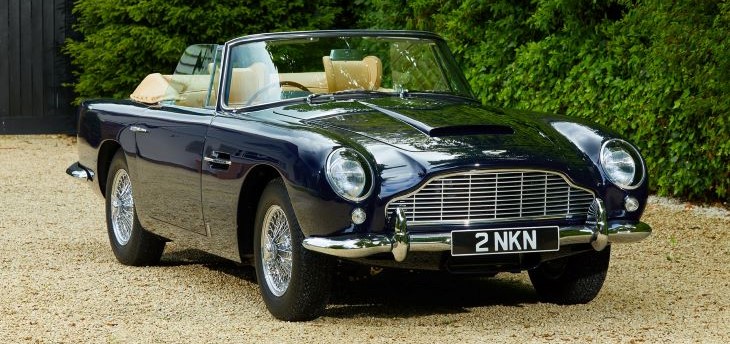
DB5 Vantage
The high-performance DB5 Vantage was introduced in 1964 featuring three Weber twin-choke 45DCOE side-draft carburettors and revised camshaft profiles, delivering greater top-end performance at the expense of overall flexibility, especially as legendary Webers are renowned as ‘full-throttle’ devices. This engine produced 315 hp (235 kW). Only 65 DB5 Vantage coupés were built.
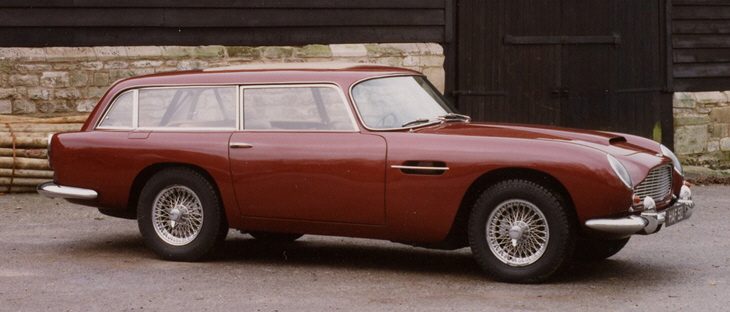
DB5 shooting brake
A prototype DB5 shooting brake was custom produced by the factory for David Brown, an avid hunter and dog owner, and 11-12 more coupés were custom modified for Aston Martin by independent coachbuilder, Harold Radford. The taillights used were Triumph units, and were also adopted for the succeeding DB6.
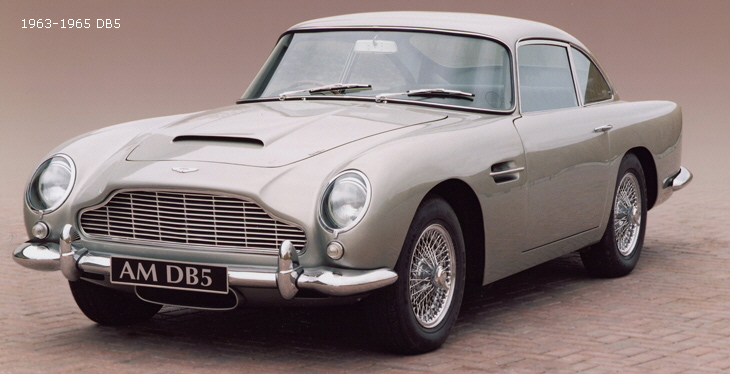
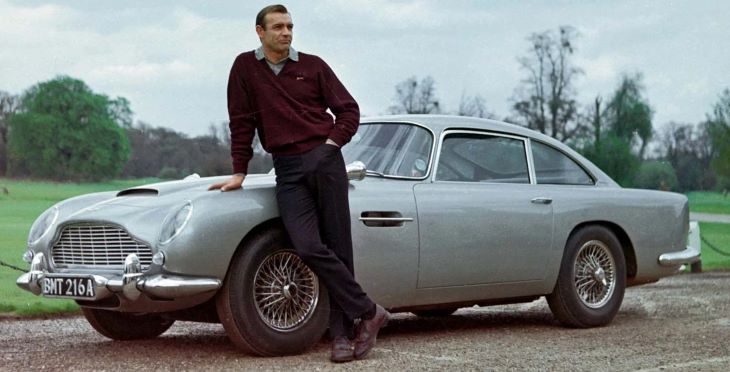
The Aston Martin DB5 frequently acclaimed as the most beautiful car in the world, the Aston Martin DB5 entered production in 1963. The following year saw the birth of a relationship that has left an indelible mark on popular culture, as the DB5 was chosen to be James Bond’s car of choice in the classic film Goldfinger.
Production: 1963–1965 (1,023 produced)
Specifications
Standard coupé:
Engine:………3,995 cc (243.8 cu in) Inline-6
Power:……….282 bhp (210 kW) at 5,500 rpm
Torque:………288 lb·ft (390 N·m) at 3,850 rpm
Weight:………1,502 kg (3,310 lb)
Top Speed:….143 mph (230 km/h)
0–60 mph:……Acceleration: 8 s
Body style……2-door 2+2 coupé and convertible
Layout………..FR layout
Engine………..3,995 cc Tadek Marek I6
Transmission…4-speed manual w/ optional O/D
Length……….4.57 metres (179.9 in)
Width………..1.68 metres (66.1 in)
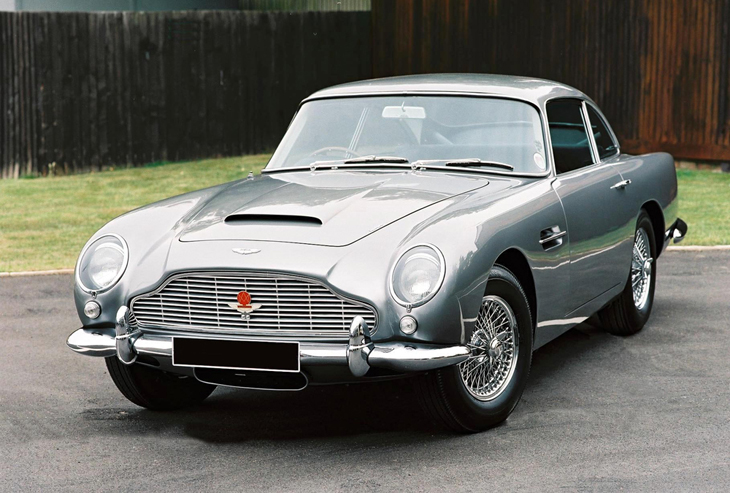
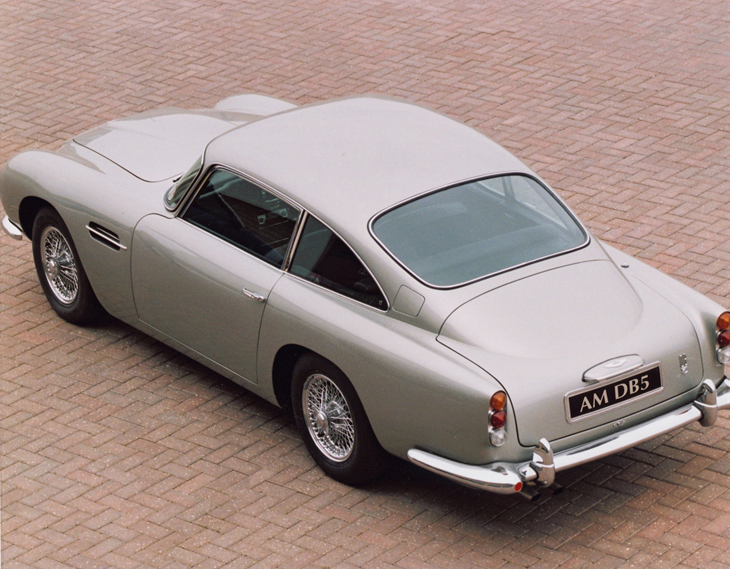
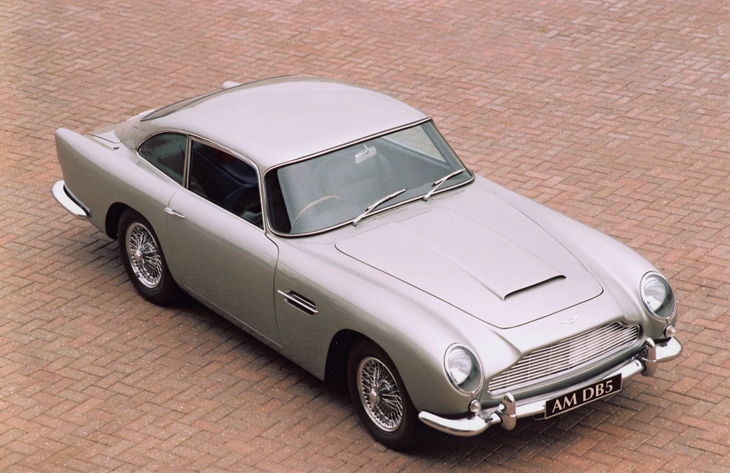
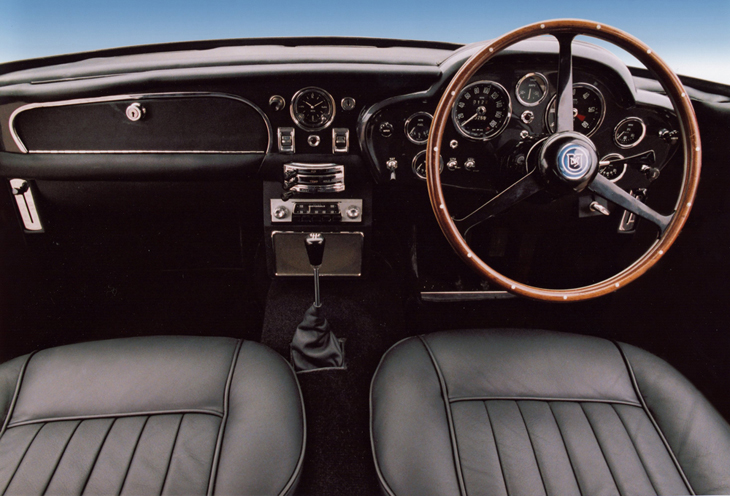
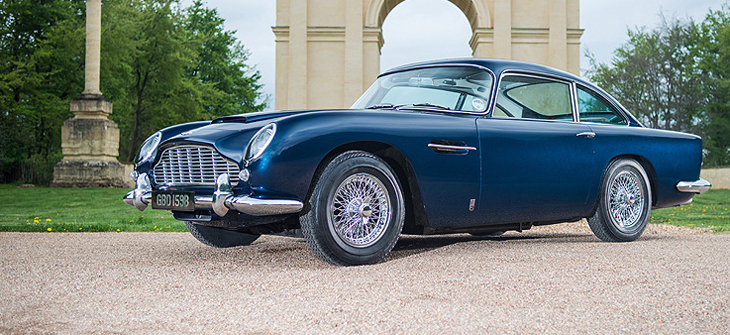

You must be logged in to post a comment.